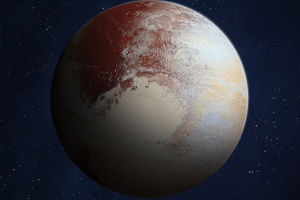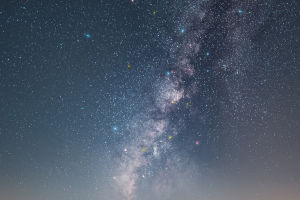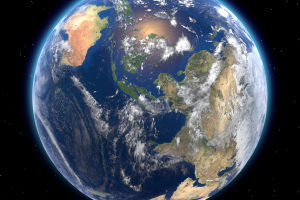On October 19, NASA announced that the James Webb Space Telescope had captured detailed images of the "Pillars of Creation," a celestial scene of cylindrical interstellar gas and dust.
It is reported that the "Pillars of Creation" is located in the Eagle Nebula about 6,500 light-years away from Earth and was captured by the Hubble Telescope in 1995. The new images released this time revealed new details of the celestial scene, which astrobiologists called "indescribably spectacular".
There is a magical structure in the universe, made of cold, dense gas and dust, shaped like three tall chimneys. It takes years for light to travel from the top to the bottom of these plumes. This structure is known as the "Pillars of Creation".
The photo taken by the Hubble Space Telescope on April 1, 1995, was rated by the US Space Network as one of the ten best photos taken by the Hubble Space Telescope and is still very famous today.
Composite image provided by NASA on October 19, 2022, local time. Left is the Pillar of Creation photographed by NASA's Hubble Space Telescope in 2014, and right is the Pillar of Creation photographed by NASA's James Webb Telescope.
The latest near-infrared light view from the James Webb Space Telescope contributes to more dust in star-forming regions, according to NASA.
The "Pillars of Creation" are part of the Eagle Nebula, also known as the M16 Nebula, which contains thousands of stars and the dust and cold, dense interstellar gas that gave birth to them.
An international team of researchers led by astronomers from the University of Central Lancashire has for the first time discovered and mapped the magnetic field within the "Pillars of Creation" using the James Clark Maxwell Telescope in Hawaii.
Using a device on the telescope called a polarimeter, they showed that the light from the Pillars of Creation is polarized, which indicates the direction of the magnetic field.
The new study shows that the magnetic field along the length of the Pillar of Creation is at a different angle than the area around the Pillar of Creation, which may explain the unusual structure of the Pillar of Creation.
What's more, the new study also believes that the "pillars of creation" have evolved due to the strength of the magnetic field and remain upright thanks to the support of the magnetic field. This suggests that stars can form through the collapse of clumps of gas slowed by magnetic fields.


